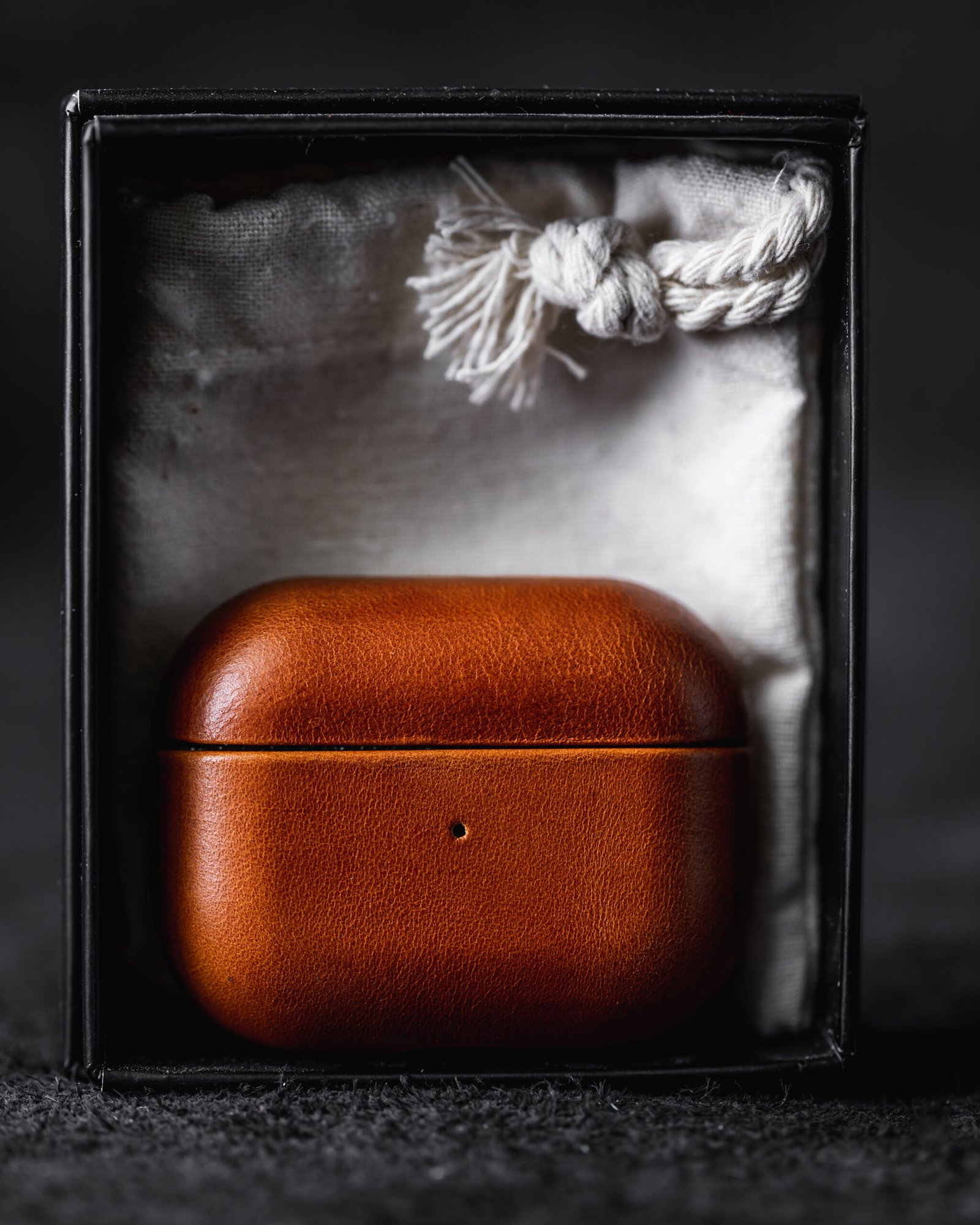Fly fishing is not simply a sport but an art founded on patience, precision, and presentation. Few of the hundreds of flies in an angler’s arsenal are as effective and successful as the Parachute Adams.
Respected for its natural appearance and skitter on the water, this dry fly imitates many good mayflies and midges and is an essential fly box fly.
Additionally, Parachute Adams has an attractive profile, featuring a floatable “parachute” post and laid-over hackle, which holds it well above the water’s surface.
Whether chasing trout in the rapids of a fast stream or the quiet lakes of the mountains, learning how to tie and fish the Parachute Adams will greatly enhance your success.
From selecting the right materials to mastering the wrap finishes, this article will guide you through it all you need to confidently tie your Parachute Adams flies.
What do you need to Tie Your Parachute Adams?
The success or failure of your Parachute Adams doesn’t start with bobbin-threading—it starts with material selection. It’s good to note that, the fly is an imitation of mayfly and therefore the materials must be light, buoyant, and realistic.
You will require, therefore:
- Hook: Dry fly hook, standard size 10–20
- Thread: Brown or gray (70 Denier)
- Tail: Brown and grizzly hackle fibers
- Body: Muskrat fur or Adams gray dubbing
- Post: White calf body hair or synthetic yarn
- Hackle: Grizzly and brown combination
You must also pay close attention to the shape of each material, specifically the post and hackle. Your material needs to match the local insect population, so you must match the hatch’s colors and sizes.
Steps to Follow When Tying Your Parachute Adams
Step 1: Secure the Hook
Begin by securely placing your dry fly hook in the vise. Ensure that the hook shank is level and firmly held in place.
This stability is crucial for tying; you’ll apply tension to the hook through the thread and materials. Additionally, make sure the hook is positioned with the eye facing upwards.
Step 2: Attach the Thread
You can begin by attaching your thread to the hook shank right behind the eye with several wraps.
Leave the tail of your thread along the hook shank as you wrap and entrap it. Wrap backward until you reach the point on the hook shank directly above the barb.
This will also serve as the anchor for attaching additional materials and provide a foundation for the rest of your fly.
Make sure to keep your thread wraps neat and even, as this will affect the overall look and durability of your Parachute Adams.
Step 3: Attach the Tail
With thread at the barb point, tie in a small bunch of your chosen hackle fibers for the tail. Measure them so they are approximately the same length as the hook shank.
Tie in the fibers where you leave the thread, securing them with tight wraps. Ensure the tail fibers lay out straight and are not too splayed..
Step 4: Tie in the Body
Next, put a small amount of dubbing on your thread, twisting it into a fine, even noodle. Start wrapping the dubbed thread back toward the eye, tapering the body.
The body should be tapered gradually, getting thicker towards the eye of the hook and mimicking the natural body shape of a mayfly.
When you reach a point just behind the eye, stop to prepare the wing post and hackle. This body creates the foundation of your fly, providing the basic silhouette and coloration to attract fish.
Step 5: Prepare and Tie in the Wing Post
Cut a small piece of white polypropylene yarn, 2-3 inches long, for the wing post. Lay the yarn straight over the body where you left off wrapping, ensuring it is perpendicular to the hook. Secure the yarn to the top of the hook shank with several snug wraps at the base.
Next, wrap your thread around the yarn several times to form a base, and wrap the thread back down to the hook shank.
This creates a stiff post that will provide support for the hackle wraps to come. Ensure the wing post is vertical and centered; this is crucial for the parachute hackle technique.
Step 6: Wrap the Hackle
Before wrapping the hackle, prep your feathers by removing the fluffy part underneath to reveal the harder fibers.
Stack one brown and grizzly hackle feather at the base of the wing post, with a shiny side facing forward and a dull side toward you.
This setting ensures the hackle fibers standout well as you wrap. Begin wrapping the hackle around the wing post from underneath and upwards in tidy, consecutive circles.
After wrapping, off the tips of the hackle feathers with some snug wraps of thread at the base of the wing post and cut any remaining.
This hackle parachute method gives the Parachute Adams its distinctive look and excellent floatation, and it is extremely visible and fish-coveting.
Step 7: Tie Off and Whip Finish
With the hackle tied securely in position, bring your thread back to the wing post front, behind the eye of the hook.
It’s time to complete your Parachute Adams by adding a neat head with thread wraps. This secures all material together and presents your fly neatly. Use your whip finish tool to do a whip finish knot, tying off the thread with 4-6 wraps.
This knot is necessary to ensure the integrity of your fly so that it won’t fall apart when used. Trim the thread tail beside the knot.
Lastly, a tiny bit of head cement is applied on the knot and the base of the wing post to secure the tie and prevent water entry.
Step 8: Testing Your Fly
Testing your Parachute Adams after completing its tying before heading out onto the water is imperative.
To start, test the floatation of your fly in a water basin. The fly should sit on the water, with the hackle supporting it like a parachute, appearing as if resting mayfly.
Also, check the wing post is evident and vertical, which is critical in observing the fly floating on the water.
If adjustments are required, carefully trim the hackle or wing post to meet your desired floatation and visibility.
Testing the fly in controlled environments makes fine-tuning possible, guaranteeing your fly performs best under actual fishing situations, thus increasing your possibility of a successful catch.
Final Thoughts
Learning to tie the parachute Adams for rigging is a worthwhile undertaking that fuses creativity, patience, and attention to detail.
Whether you’re a seasoned fly fisher or a newcomer to the sport, investing time in perfecting this fly will undoubtedly pay dividends in your fishing adventures..



